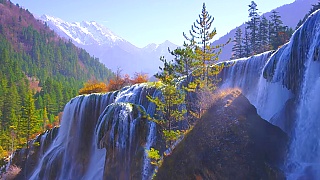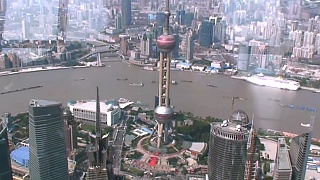It comes down to this - do they want Taiwan to remain in the status quo (semi-independence) with good relations with the rest of China, - or - does it want to become increasingly a US (and Japan) puppet regime / missile base (DPP) - (that would be suicide) ?
If the former, it makes sense to back the KMT and not waste the vote on a third party that cannot win.
The future of Taiwan, and its prosperity, lies with closer ties with China, not war.
With Brian Berletic / The New Atlas ...
[640],shadow=true,start=,stop=With Danny Haiphong and George Galloway (jump to 1 hour 11 min.s for the Taiwan discussion) ...
 On the 13th January 2024 the people of Taiwan make their choice
On the 13th January 2024 the people of Taiwan make their choice





![`US-sponsored separatist groups, backed by Washington for decades, are being mobilized to attack and undermine activities related to the BeiJing 2022 Olympics, starting with the torch relay in Greece. I explain the background of the “Free Tibet” movement and how the US government, through the CIA, backed it as early as the 1950s and transferred its operations to the National Endowment for Democracy (NED) [or `Dominion` / enslavement]. ` With The New Atlas . . . Bonus films - terror activities by US-backed `opposition` in Myanmar . . . Bonus film 2 - subverting the `left` . . . Bonus film 3 - on Ecuador . . . Bonus film 4 - on Cambodia . . . They say : `How dare you put your face in front of my fist ! Serve your master. Or else. ` More . . . On the US plan to nuke Chinese cities - as revealed by Daniel Ellsberg, famous for the `Pentagon Papers`, with NuMuves . . . On the Falun Gong cult . . . *** Planning war on China - part 11 - don't miss it ***](https://img.youtube.com/vi/2w31eNNcGVU/mqdefault.jpg)



















